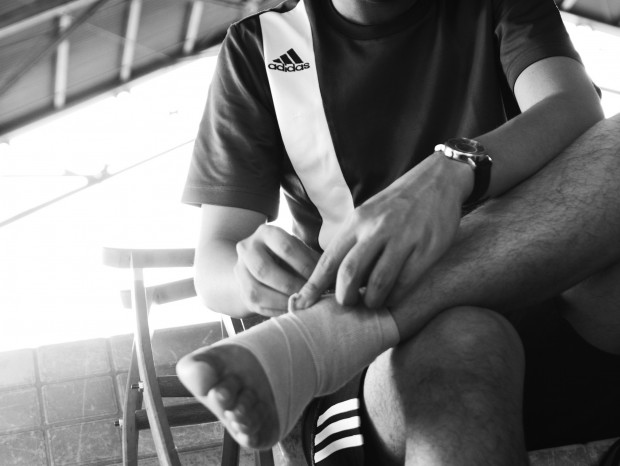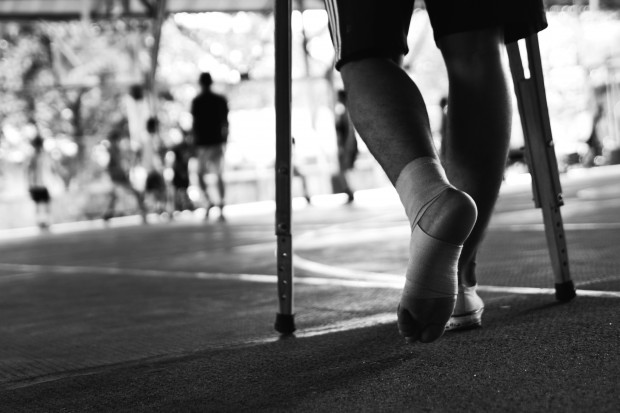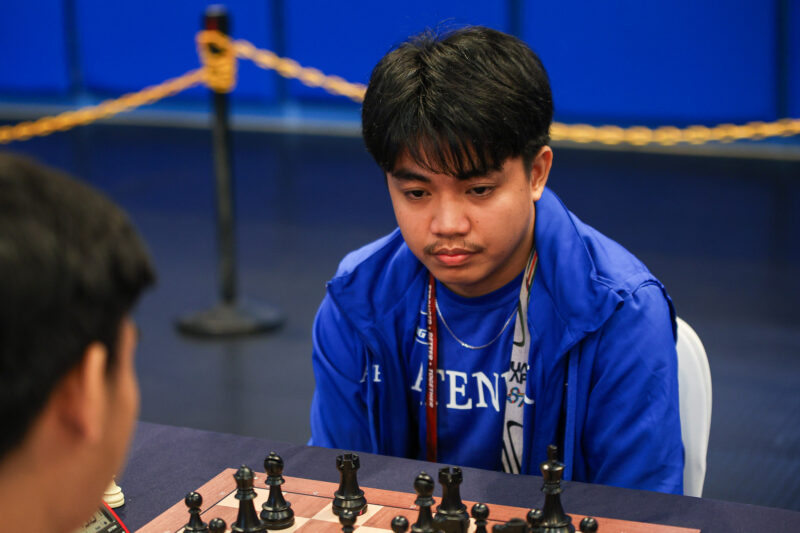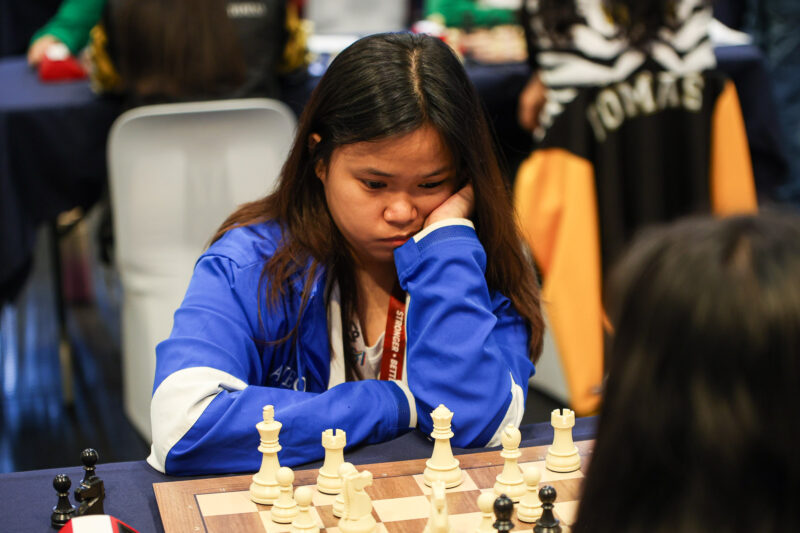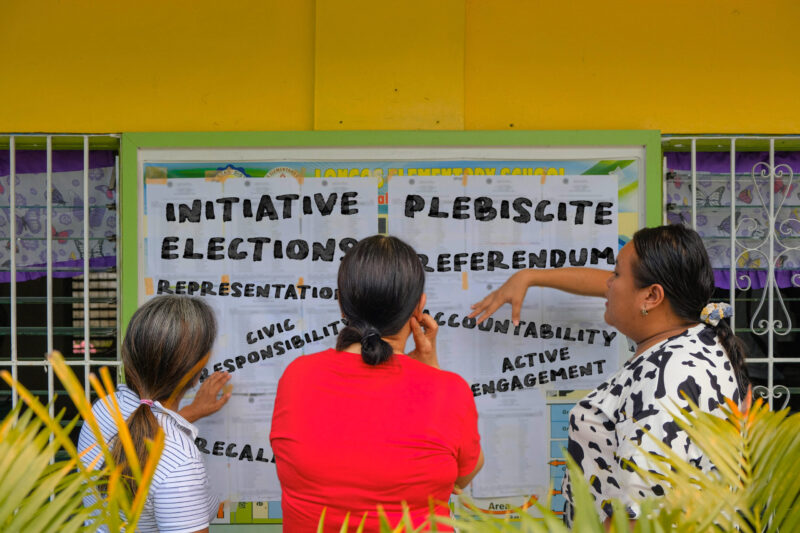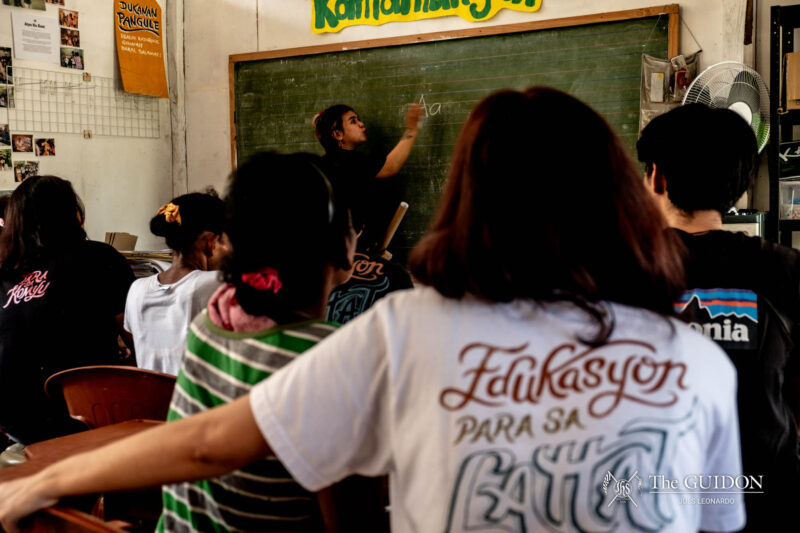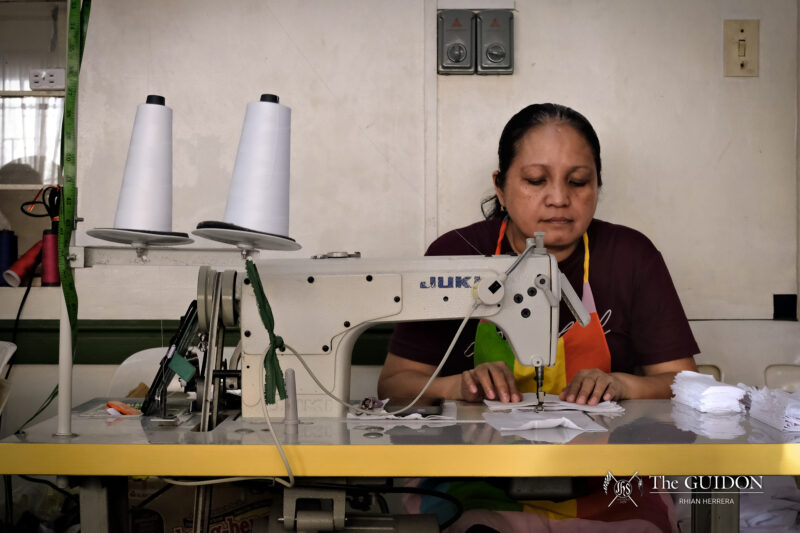ATHLETES DON’T take kindly to getting benched—competitive athletes, especially.
For one who has grown accustomed to starting or ending a day with a training session, a scrimmage or an actual match sometime in the middle of the day, being forced to sit out a full season is not a welcome change. For one who lives and breathes sports, the sudden shift in lifestyle can be particularly overwhelming and traumatic.
On average, a professional athlete’s career is virtually over at the age of 33. In fact, critics and observers in sports like American football are predisposed to declare an athlete to be nearing retirement as soon as he nears his thirties. Although it varies on a case-to-case basis, this is for certain: more than age, more than the deterioration of skill, it is injury that is more often than not the culprit of such a fear.
In the collegiate level, the “life span” of an athlete is a period of five playing years, the limit imposed by the University Athletics Association of the Philippines (UAAP). The board also requires that competing athletes be below the age of 25. And so it follows that for a student-athlete who wishes to maximize both academic growth and a competitive career, the desire to make each and every playing year count is but a natural one.
Go hard or go home
Reuters reported last year that athletes seem to be most susceptible to injury in the preseason—when they train the hardest in order to be in top shape come tournament proper. Such was the case for Blue Eagle Gwyne Capacio and Blue Booters Yu Murayama, James Arco and Cocoy Marcelino.
Sophomore Marcelino was considered by his seniors to be a promising rookie last year. In the team’s final preseason game against Far Eastern University, however, a fierce kick tore his anterior cruciate ligament (ACL), forcing Marcelino to sit out what would have been his first season with the Blue Booters.
Trackster EJ Valera, who was a freshman at the time of his injury, endured an anterior shoulder instability for the rest of the season after a grand miscalculation of his takeoff mark. At any moment of impact, Valera’s shoulder would get dislocated. Only two years later would Valera have his shoulder volunteered for surgery—when all the stopgap measures that had been taken only resulted to more damage.
For others, however, it’s impossible to mask injuries. Take James Arco. Two weeks before the football season was supposed to commence, the whole of Arco’s knee was damaged in a scrimmage, suffering from partial tears in his medial collateral ligament (MCL), lateral collateral ligament (LCL), posterior cruciate ligament (PCL) and meniscus and a complete tear in his ACL.
“The tearing was heard all the way from the sidelines,” shares Arco, resulting in what was perhaps one of Moro Lorenzo resident physician Dr. Jose Canlas’ most extensive operations.
Hiding the injury was also out of the question for Lady Eagle Corinne Javier, who was unable to walk after tearing her ACL in 2009 and again in 2011, just five months before the next season was set to begin. “I remember falling to the ground hugging my knee and yelling like crazy,” recalls Javier. An MRI scan validated Javier’s and her coaches’ fears—she would again have to go through a tedious rehabilitation program.
Road to recovery
Given their desire to play, it’s not unusual for the thought of disguising an injury to cross the minds of injured athletes. But, Murayama says, “I didn’t want my coaches to think that I was being complacent during practice.”
To be able to play on her senior year, Javier decided to forego a second major surgery. Her lone option was to have therapy sessions for four to five hours daily. “It was the weirdest feeling,” says Javier of having absolutely no control of her leg. The first thing she had to learn, before even attempting to walk sans an immobilizer, was to lock her knee. What used to be a mindless activity was compounded with the arduousness of relearning a bodily function.
“It was terrible going down right before the UAAP season,” says Arco. “All that time spent on the field, the hard work in the gym and the lack of sleep to wake up in the morning for training didn’t let me participate in the event where it mattered the most.”
Capacio, on the other hand, underwent three surgeries for his torn meniscus. “As a player, you have to let your coaches know your status, even if they won’t like it,” he says. “I was literally devastated.” It was difficult for Capacio to get his style of play back on the court, with the injury limiting his movement.
Coming back in full force
The frustrations of having to sit out match after match, game after game, can quickly escalate into the desire to give up. “There were times when I wanted to break down,” says Javier. Her second ACL recovery program, however, no longer required her to start from scratch.
“I had to tell myself to stay hungry,” says Valera. When his teammates competed in Sabah, Malaysia without him, and later emerged victorious, it was understandably not easy to remain motivated.
Nevertheless, within six months, Valera’s shoulder had healed, and had become twice as strong. During therapy, athletes’ main vision is getting back to their level of skill, whereas their previous concerns revolved mostly around external competition.
Instead of worrying about getting injured once again, players who have come from months of rehabilitation attempt to regain the competitive disposition. “I think the enemy is still the self,” says Valera. “Not being able to compete to the fullness of his abilities—that should be the worst fear.”
“There are the occasional muscle aches that weren’t present before,” Arco admits of an athlete’s post-injury life. Given more time to train further, however, he believes it’s possible to go back to his level of competence prior to his injury. “I’m just happy to be able to play again.”

